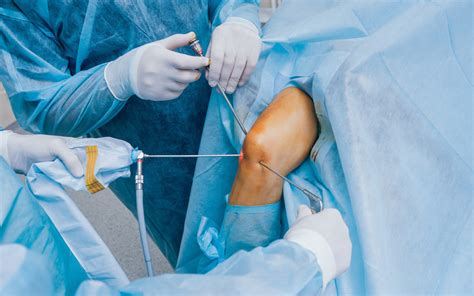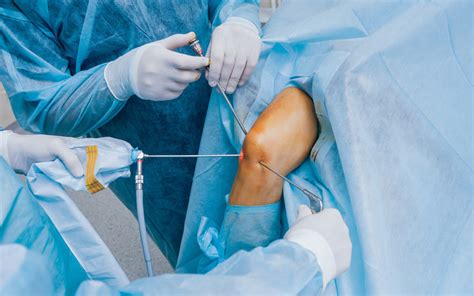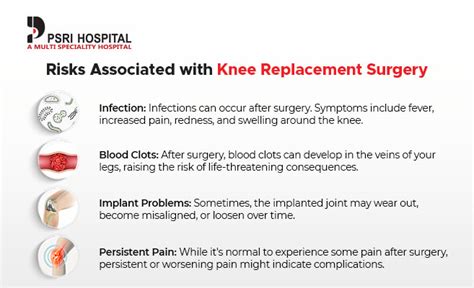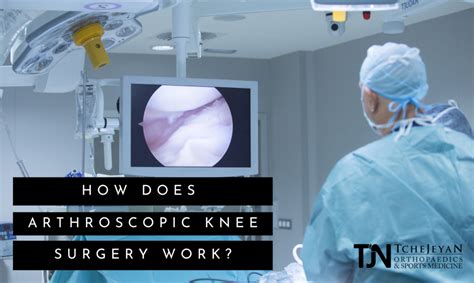Intro
Discover the benefits of arthroscopic knee surgery, a minimally invasive procedure for treating knee injuries, meniscal tears, and osteoarthritis, using advanced orthopedic techniques and tools for faster recovery and optimal joint health.
Knee pain and injuries are common issues that affect millions of people worldwide, impacting their quality of life and ability to perform daily activities. Among the various treatment options available, arthroscopic knee surgery has emerged as a popular and effective procedure for addressing knee problems. This minimally invasive surgery involves using a small camera and surgical instruments to diagnose and treat knee injuries and conditions, such as torn cartilage, ligament sprains, and osteoarthritis. In this article, we will delve into the world of arthroscopic knee surgery, exploring its benefits, working mechanisms, and key information related to the topic.
The importance of arthroscopic knee surgery cannot be overstated, as it offers a viable alternative to traditional open surgery. By using a small incision and a camera, surgeons can visualize the knee joint and perform repairs without causing significant damage to surrounding tissues. This approach reduces recovery time, minimizes scarring, and leads to less post-operative pain. Moreover, arthroscopic knee surgery can be used to treat a wide range of knee conditions, from mild sprains to severe injuries, making it a versatile and valuable tool in the field of orthopedic surgery.
As we explore the topic of arthroscopic knee surgery, it is essential to understand the anatomy of the knee joint and the various conditions that can affect it. The knee is a complex joint that consists of bones, cartilage, ligaments, and tendons, all working together to provide stability and mobility. When any of these components are damaged or injured, it can lead to pain, stiffness, and limited mobility. Arthroscopic knee surgery offers a way to address these issues, providing a minimally invasive solution that can help patients regain their strength, flexibility, and overall quality of life.
What is Arthroscopic Knee Surgery?

Benefits of Arthroscopic Knee Surgery
The benefits of arthroscopic knee surgery are numerous, making it a popular choice among patients and surgeons alike. Some of the advantages of this procedure include: * Minimally invasive: Arthroscopic knee surgery involves small incisions, reducing tissue damage and promoting faster healing. * Reduced recovery time: Patients can typically return to their normal activities within a few weeks, compared to several months with traditional open surgery. * Less post-operative pain: The minimally invasive approach reduces tissue trauma, resulting in less pain and discomfort after the procedure. * Improved accuracy: The arthroscope provides a clear view of the joint, allowing the surgeon to diagnose and treat problems with greater accuracy.How is Arthroscopic Knee Surgery Performed?

Common Conditions Treated with Arthroscopic Knee Surgery
Arthroscopic knee surgery can be used to treat a wide range of knee conditions, including: * Torn meniscus: A torn meniscus is a common injury that occurs when the cartilage that cushions the joint is damaged. * Ligament sprains: Ligament sprains occur when the ligaments that stabilize the joint are stretched or torn. * Osteoarthritis: Osteoarthritis is a degenerative condition that causes wear and tear on the joint, leading to pain and stiffness. * Cartilage defects: Cartilage defects occur when the cartilage that covers the bones is damaged or worn away.Risks and Complications of Arthroscopic Knee Surgery

Recovery and Rehabilitation after Arthroscopic Knee Surgery
Recovery and rehabilitation are critical components of arthroscopic knee surgery, as they help patients regain their strength, flexibility, and range of motion. The recovery process typically involves: * Pain management: Patients may experience pain and discomfort after the procedure, which can be managed with medication and physical therapy. * Physical therapy: Physical therapy is essential for regaining strength, flexibility, and range of motion. * Rest and ice: Rest and ice can help reduce swelling and promote healing. * Gradual return to activity: Patients can gradually return to their normal activities, including sports and exercise, as they regain their strength and mobility.FAQs about Arthroscopic Knee Surgery

What is the success rate of arthroscopic knee surgery?
+The success rate of arthroscopic knee surgery varies depending on the condition being treated, but it is generally high, with most patients experiencing significant improvement in their symptoms.
How long does it take to recover from arthroscopic knee surgery?
+Recovery time varies depending on the individual and the condition being treated, but most patients can return to their normal activities within a few weeks to a few months.
Is arthroscopic knee surgery painful?
+Arthroscopic knee surgery can cause some pain and discomfort, but this can be managed with medication and physical therapy.
In conclusion, arthroscopic knee surgery is a valuable tool in the field of orthopedic surgery, offering a minimally invasive solution for addressing knee problems. By understanding the benefits, working mechanisms, and key information related to this procedure, patients can make informed decisions about their treatment options. If you are experiencing knee pain or injuries, we encourage you to consult with a qualified healthcare professional to determine if arthroscopic knee surgery is right for you. Share your thoughts and experiences with arthroscopic knee surgery in the comments below, and don't forget to share this article with others who may benefit from this information.
